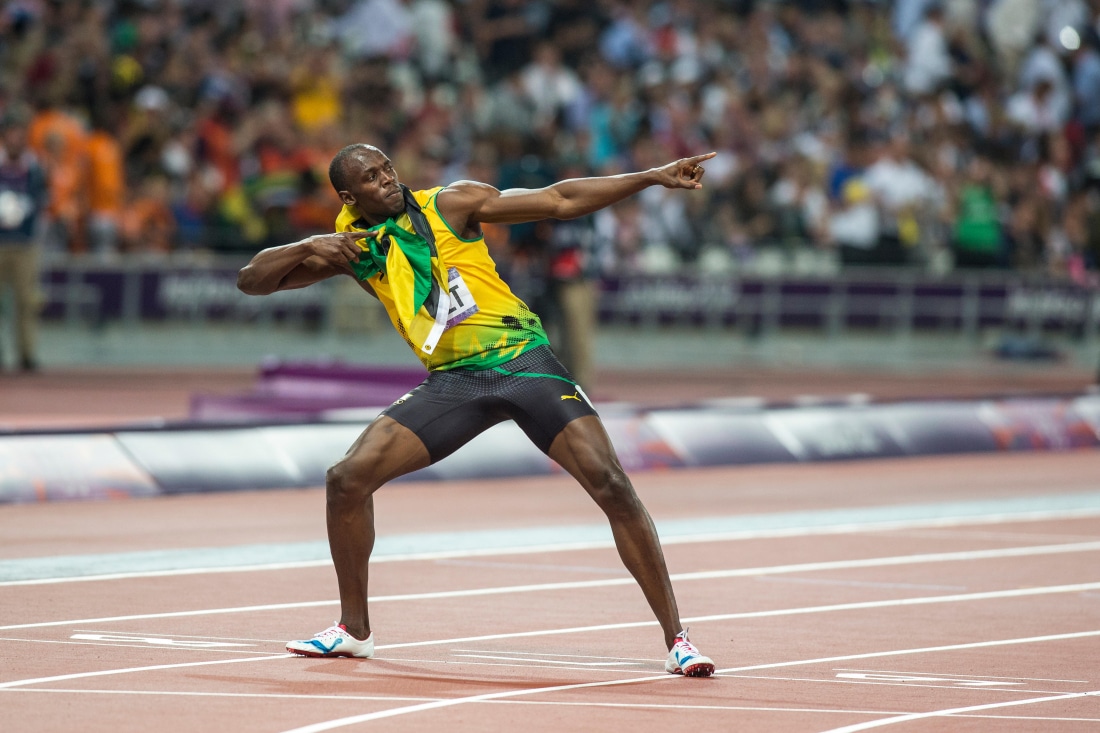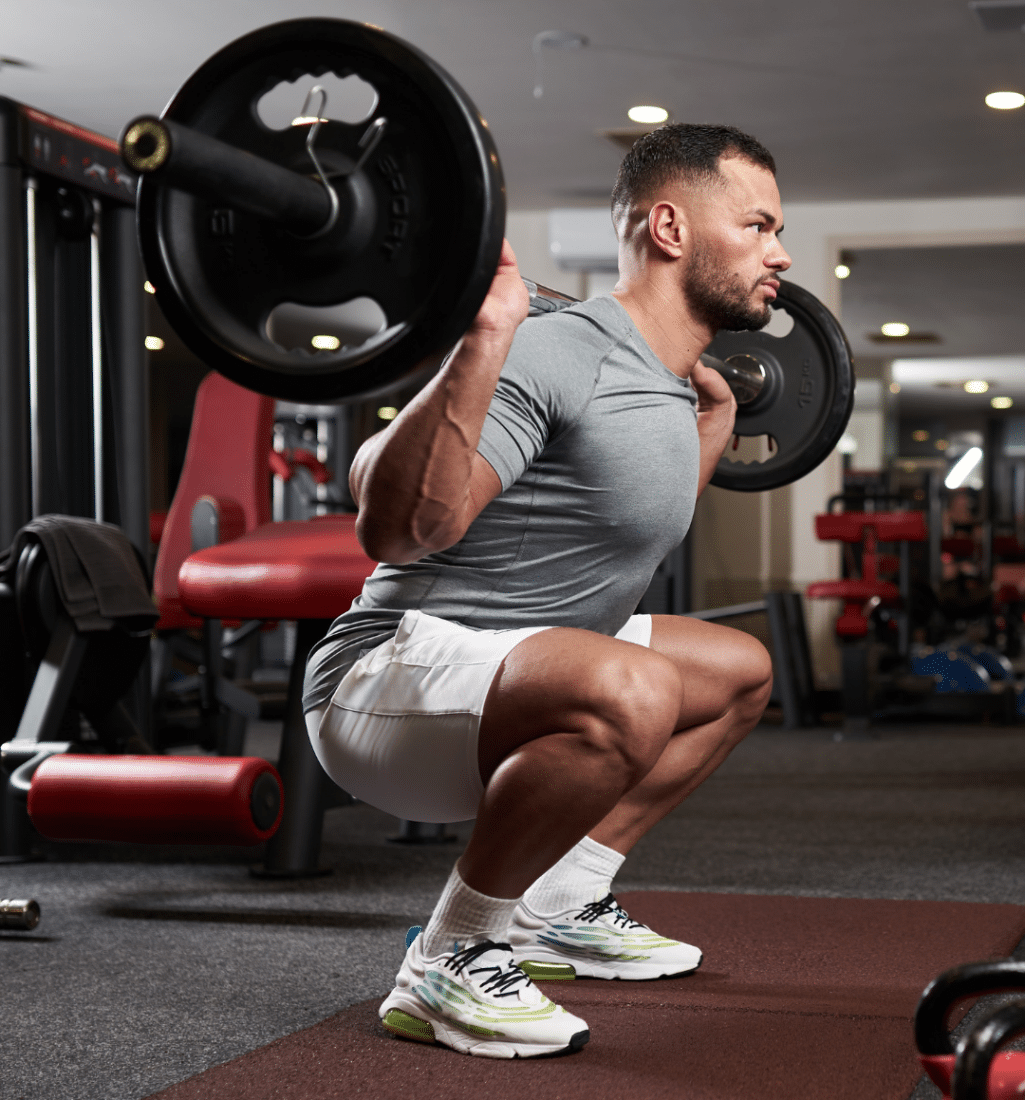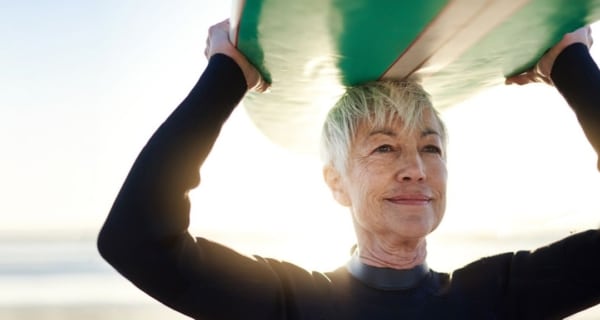A diagnosis of scoliosis can be overwhelming for anyone, but it may be especially concerning for young athletes who fear it may put a stop to their sports careers. The good news is that, with proper management under the care of a scoliosis trained Clinician, athletes with scoliosis can still excel in their chosen sports. Here’s what athletes with scoliosis need to know to continue pursuing their passion safely and effectively.
Understanding Scoliosis and Its Impact on Sports
Scoliosis is a 3D condition where the spine moves sideways and rotates. What a lot of people don’t realise is that there are actual 3D structural changes that occur in the bones (vertebrae) and discs of the spine. This also leads to changes in the shape of the torso as well as an uneven posture (think uneven shoulders, shoulder blades and hips). While mild cases may not cause significant issues, more severe curvatures can affect posture, flexibility, and range of motion, potentially impacting athletic performance. It can be challenging to throw a javelin straight, or do a back walkover straight on a beam, when your torso and spine are not straight. The size of the curve and the type of sport play a big role in how scoliosis affects an athlete’s abilities. But it doesn’t have to stop goals being achieved! Usain Bolt is a prime example of reaching tremendous heights in sport despite having scoliosis (Fig 1).

Fig 1: Usain Bolt is well known for excelling his career despite having scoliosis!
Can Athletes with Scoliosis Play Sports?
Absolutely! At ScoliCare, we encourage our patients to play sport but sometimes we just may need to tweak a few things. Many athletes with scoliosis continue to compete at high levels and this is generally where we need to pay more attention when they have scoliosis. The scoliosis may be impacting their performance – it’s hard to have great body awareness while dribbling a soccer ball if the scoliosis is progressing quite fast during a growth spurt. With the right treatment plan and modifications, they can manage their condition effectively while maintaining their athletic performance. Whether it’s through bracing, scoliosis specific exercise programs like ScoliBalance – general exercise is not a treatment for scoliosis, or surgery, scoliosis treatment can help reduce the impact of the condition on the body and prevent further progression of the curve.
However, it’s important to take a few things into consideration. Let’s take a look at a few things below.
Managing Scoliosis In Young Athletes – What You Need to Know
- Type of Sport: Certain sports that place intense strain on the spine. Gymnastics can be high impact, which may exacerbate uneven loads that already exist on the spine in scoliosis. Coaches should liaise with the Scoliosis Clinician to work as a team to support the athletes. Weight lifters may not be able to do a barbell back squat (Fig 2) with an uneven torso that is compressing under the load. Sports like gymnastics or weightlifting may require extra precautions, especially for athletes with moderate to severe scoliosis. Sports like swimming, cycling, and low-impact aerobics are often easier on the spine. SRT’s can help advise and modify sports as necessary during ScoliBalance sessions.

Fig 2: Athletes with scoliosis may not be able to execute a barbell back squat easily and could modify this to a Sumo Squat while still learning the scoliosis specific exercise program (ScoliBalance)
- Scoliosis Specific Exercises: Engaging in exercises tailored to scoliosis can strengthen the muscles weakened by the scoliosis, improve posture, and enhance spinal stability. This is crucial for athletes to avoid injury. Remember scoliosis is a 3D condition. General physical therapy, chiropractic and osteopathic care is not specific to scoliosis. While they may appropriate adjunctive treatments, patients require scoliosis specific care in many instances. ScoliBalance is a scoliosis specific exercise program where the patients learn active self correction of their asymmetrical posture. They are taught how to strengthen their corrected posture and integrate this into their daily lives. So, when they go to the gym to do Sumo Squats or Lat Pull Downs, or get ready to dive for the ball in goal, they are already actively self correcting their posture.
- Bracing: When the curves start climbing in size (we call this a Cobb angle measured on X-ray) beyond about 20 degrees in teens, this requires ScoliBalance and bracing. ScoliBrace can be worn during some sports but usually the team at ScoliCare will encourage patients to exercise and keep their sport up, which will ‘buy’ them some time out of brace. This custom made brace is designed to improve the patient’s scoliosis and is an imperative part of management.
- Regular Monitoring: Regular check-ups with Scoliosis Clinicians are essential to track the progression of the condition and adjust treatment plans accordingly. X-rays and physical evaluations will help ensure that the athlete is not exacerbating the curve during intense activity.
Modifying Training Routines for Scoliosis
Athletes with scoliosis often benefit from modified training routines that focus on strengthening muscles surrounding the spine, promoting symmetry, and improving flexibility. However this needs to be done by a Scoliosis Rehabilitation Therapist who is trained in scoliosis specific exercise programs, such as ScoliBalance. ScoliBalance can target scoliosis-related imbalances and encourage strengthening of the corrected posture, not the scoliotic posture. Working with a Scoliosis Rehabilitation Therapist who understands scoliosis will help design a safe and effective workout plan that minimises the risk of injury.
When to Seek Medical Advice
While most athletes with scoliosis can continue their sports careers, it’s crucial to be mindful of the warning signs of more severe progression, such as increased pain, restricted movement, or noticeable changes in spinal curvature. All big curves start small! Early treatment can prevent deformity from really taking off. If you notice any of these issues, it’s important to consult with a Scoliosis Clinician to discuss treatment options.
Where to From Here?
Living with scoliosis doesn’t mean you have to give up on your athletic dreams. With the right care and precautions, athletes with scoliosis can continue to train, compete, and excel in their sports. Whether it’s through physical therapy, braces, or simply adapting your training routine, scoliosis doesn’t have to define your athletic future.
If you’re an athlete with scoliosis or thinking about pursuing a sport, it’s essential to work closely with your healthcare team to create a plan that supports your spine health and athletic goals. Stay proactive, stay strong, and remember—scoliosis doesn’t have to sideline your dreams.
If you’re a Coach of a Cheerleader, Dancer or Gymnast sign up for our Free On-Demand Webinar here


